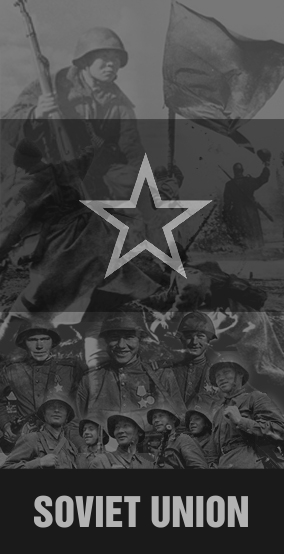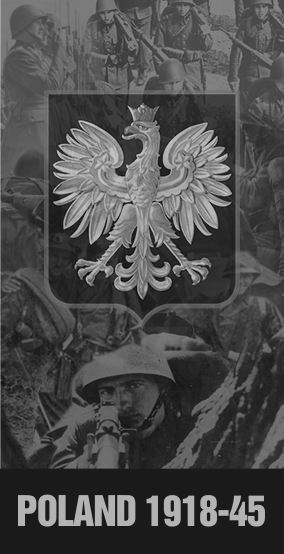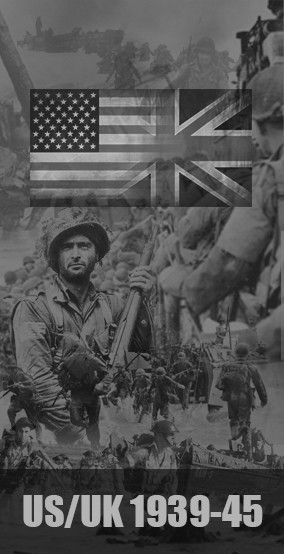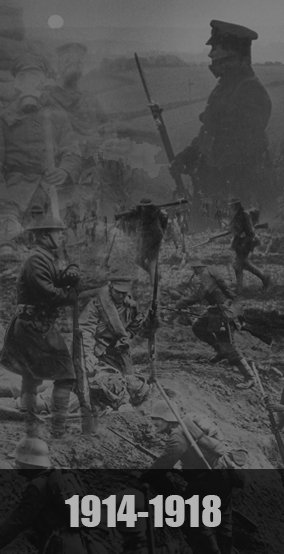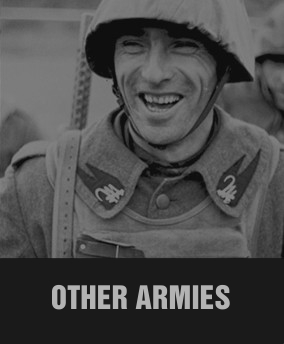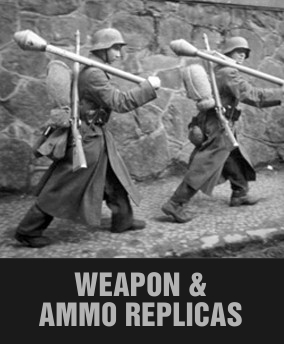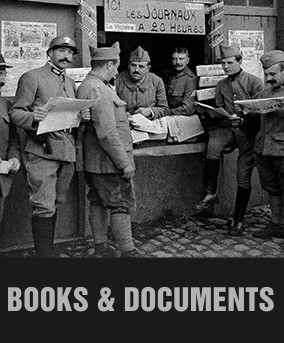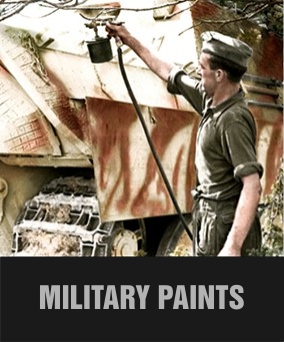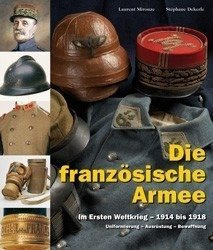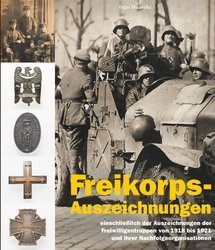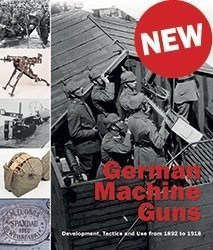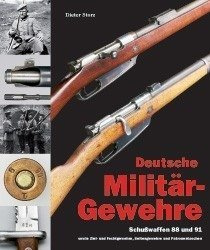A comprehensive work on French army in 1914. The book has 528 pages, well illustrated with over 1000 photos. The book is bound in linen with a protective cover. Gallery below shows example pages from the book.
Written by: Laurent Mirouze, Stéphane Dekerle
ISBN: 978-3-902526-08-3 (German) , 978-3-902526-10-0 (French) or 978-3-902526-09-0 (English)
Weight: 3,16 kg
Issue info: 528 pages, over 1000 colour photos, including present-day photos and illustrations, bound in linen. Size: 29.5 x 26.0 cm.
- Book is published by Verlag Militaria, highly appreciated military history publishing house.
- We send the book in 14 days after receiving the payment.
ITEM DESCRIPTION IN ENGLISH
With more than 500 original artefacts this illustrated book shows for the first time the appearance of the French army at the outbreak of the First World War, i.e. at the time of mobilization in August 1914. Approx. 1,000 photographs on 528 pages give the reader a vivid picture of the different headgear, uniforms and items of clothing and equipment including cavalry equipment (saddlery). The originals illustrated in the book derive from the Musée de l'Armée in Paris and Salon-de-Provence (L'Empérie) and are supplemented by major public and private collections. The majority of the artefacts are shown to the public for the first time. All of this presents a well structured and authentic picture of the French army at the beginning of the war and during the initial fighting in the Battle of the Marne. With more than 300 carefully selected black and white and ten contemporary, original colour photographs ('autochromes') the reader is given a realistic impression of the appearance of the French army in the 'Belle Epoque'. The book shows the reader the colourfulness of the French army at the beginning of the war in Europe, supplemented by the traditions of African and Arab units and influences on uniforms. The orientally inspired clothing of 'L'Armée d'Afrique', the uniforms of the Foreign Legion and colonial troops and elegant officers' clothing mirror both the fashions of the time and the prestige of wearing uniform. The complete equipment of a colonial soldier before 1914 - from his képi to his knife - in almost mint quality, each individual item stamped with the personal registration number of the soldier, gives these objects a human and emotional dimension. The large number of artefacts available makes it possible to produce a second volume covering the period from the end of 1914 until 1918. It will present the extraordinary development of uniforms during the war and especially the introduction of the horizon-blue dress which was so typical of the French soldier during the Battle of Verdun. This volume will also contain the personal uniforms and items of equipment of famous personalities and officers up to the rank of field marshal.
ITEM DESCRIPTION IN GERMAN
In diesem Bildband wird zum ersten Mal das Erscheinungsbild der französischen Armee zu Beginn des Ersten Weltkriegs, also zum Zeitpunkt der Mobilisierung im August 1914, anhand von mehr als 500 Originalobjekten gezeigt. Ca. 1000 Fotos auf 528 Buchseiten veranschaulichen dem Leser die unterschiedlichen Kopfbedeckungen, Uniformen und Bekleidungsstücke sowie die Ausrüstung inklusive der Kavallerieausrüstung (Sattelzeug). Die in diesem Buch abgebildeten Originalstücke stammen aus dem Musée de l'Armée in Paris und Salon-de-Provence (L'Empérie) und werden durch bedeutende öffentliche und private Sammlungen vervollständigt. Ein Großteil der Objekte ist damit zum ersten Mal in der Öffentlichkeit zu sehen. All das gibt ein gut gegliedertes und unverfälschtes Bild der französischen Armee zu Kriegsbeginn und bei den ersten Kämpfen in der Schlacht an der Marne. Zusätzlich erhält der Leser anhand von mehr als 300 sorgsam ausgewählten Schwarzweißfotos und zehn zeitgenössischen, originalen Farbfotos ("Autochromes") ein realistisches Bild vom Aussehen der französischen Armee der "Belle Epoque". Dieser Bildband führt dem Leser die Buntheit der französischen Armee zu Kriegsbeginn in Europa vor Augen, vervollständigt durch die Traditionen der afrikanischen und arabischen Einheiten und Einflüsse auf die Uniformierung. Die orientalisch inspirierte Bekleidung der "L'armée d'Afrique", die Uniformen der Fremdenlegion und der Kolonialtruppen, die eleganten Offiziersuniformen spiegeln sowohl die Mode der Epoche, als auch das damit verbundene Prestige der Uniform wider. Eine komplette Ausrüstung eines Soldaten der Kolonialtruppen vor 1914 - vom Kepi bis zum Messer - in nahezu neuwertiger Erhaltung, davon jedes einzelne Stück mit der persönlichen Matrikelnummer des Soldaten gestempelt, geben diesen Gegenständen eine menschliche und emotionale Dimension. Aufgrund der großen Anzahl der zur Verfügung stehenden Objekte ist es möglich, einen zweiten Band herauszubringen, der die Zeit von Ende 1914 bis 1918 abdeckt. Darin wird die außergewöhnliche Entwicklung der Uniformierung während des Krieges und speziell die Einführung der horizontblauen Uniform, die so typisch für den französischen Soldaten während der Schlacht von Verdun war, vorgestellt. Dieser Band wird auch die persönlichen Uniformen und Ausrüstungsteile von berühmten Persönlichkeiten und Offizieren, bis hinauf zum Feldmarschall beinhalten.



